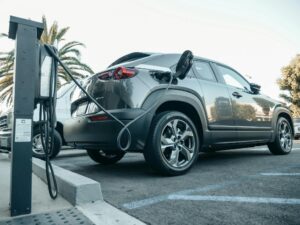The Future of Electric Vehicles: Trends, Innovations, and Market Growth (2025 Guide).
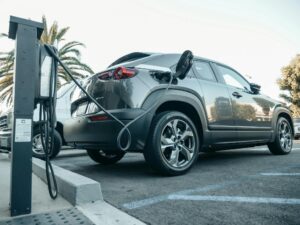
The electric vehicle (EV) industry has witnessed rapid growth in recent years, and 2025 promises to be a landmark year. As concerns about climate change, fuel prices, and environmental sustainability continue to rise, governments, manufacturers, and consumers are increasingly embracing electric vehicles.
In this comprehensive guide, we explore the key trends, innovations, challenges, and future market growth of the electric vehicle industry in 2025.
1️⃣ Global Growth of the Electric Vehicle Market.
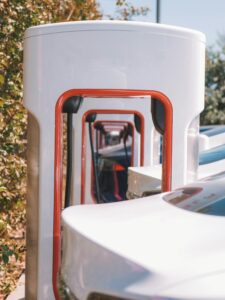
The global electric vehicle market is expanding at an unprecedented pace.
Key Statistics (2025 Projections):
Global EV sales expected to surpass 15 million units.
Market value projected to exceed $1 trillion USD.
EVs will account for over 20% of all new vehicle sales worldwide.
Factors Driving Growth:
Government incentives & subsidies
Stringent emission regulations
Technological advancements
Growing consumer awareness.
2️⃣ Major Innovations in Electric Vehicles.
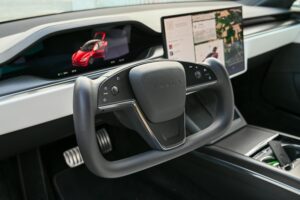
Technology is at the heart of the EV revolution. Let’s explore some key innovations:
🔋 Battery Technology Advancements
Solid-State Batteries: Safer, longer-lasting, and faster charging compared to lithium-ion.
Increased Range: Many 2025 EVs offer over 400-600 miles per charge.
Faster Charging Times: Ultra-fast chargers reducing charging times to 15-30 minutes.
⚙️ Electric Powertrain Improvements
Enhanced motor efficiency
Regenerative braking technologies
Reduced maintenance requirements
🚀 Autonomous Driving Capabilities
Integration of advanced driver-assistance systems (ADAS)
Full self-driving features being tested by companies like Tesla, Waymo, and GM.
🔗 Connected Car Technologies
Real-time software updates
Predictive maintenance
Smart navigation integrated with charging infrastructure.
3️⃣ Leading Electric Vehicle Companies (2025)

Several automakers are dominating the EV landscape:
Tesla
Model S, 3, X, Y and upcoming Cybertruck.
Continues to lead global EV sales.
Innovations in battery efficiency and autonomous driving.
BYD (China)
Expanding global presence.
Offering affordable and luxury EV models.
Volkswagen Group
VW ID series dominating European markets.
Aggressive expansion into North America.
Rivian & Lucid Motors
Premium electric trucks and luxury sedans.
Competing strongly with Tesla.
Legacy Automakers (Ford, GM, BMW, Hyundai)
Investing billions into EV development.
Launching new models with competitive pricing and features.
4️⃣ Government Policies Supporting EV Growth.

Many governments are actively encouraging EV adoption:
Tax credits for EV purchases
Investment in charging infrastructure
Ban on new gasoline/diesel car sales (targets between 2030-2040)
Stricter emission regulations for manufacturers.
5️⃣ Expanding Charging Infrastructure
Global Developments:
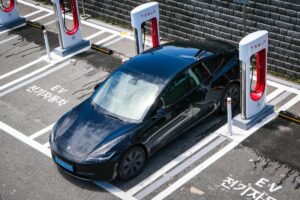
Over 3 million public charging points expected globally by 2025.
Ultra-fast chargers reducing range anxiety.
Wireless charging technology under development.
Smart Grid Integration:
Vehicle-to-grid (V2G) systems allowing EVs to feed power back into the grid.
Optimizing energy consumption during peak and off-peak hours.
6️⃣ Environmental Impact of Electric Vehicles.
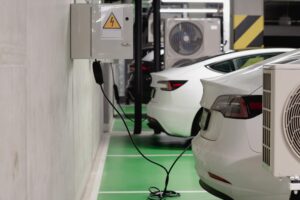
EVs play a crucial role in reducing carbon emissions.
Benefits:
Zero tailpipe emissions
Reduced air pollution
Lower noise pollution
Sustainable energy use (when paired with renewables)
Ongoing Challenges:
Battery recycling and disposal
Mining practices for battery materials
Energy grid dependence on fossil fuels in some regions.
7️⃣ The Future of EV Ownership
By 2025, owning an EV will be more accessible and affordable than ever.
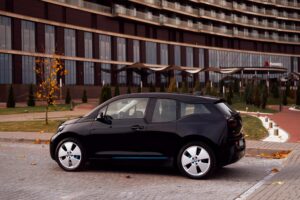
Trends:
Lower vehicle costs due to economies of scale
Decreasing battery costs (projected under $100/kWh)
Widespread availability of used EVs
Subscription-based ownership models emerging.
8️⃣ Job Creation & Economic Impact
The EV industry is creating millions of new jobs globally:

Battery manufacturing
Charging infrastructure development
EV maintenance and software engineering
Renewable energy sector growth.
9️⃣ Challenges Facing the EV Industry
Despite the progress, several challenges remain:

Limited charging infrastructure in rural areas
High upfront costs in certain markets
Consumer education about EV benefits
Supply chain disruptions
🔟 Predictions for 2025 and Beyond
EVs will reach price parity with gas vehicles.
Solid-state batteries will enter mainstream production.
Autonomous EV fleets may launch in urban areas.
Traditional automakers will shift most new vehicle production to EVs.
📝 Conclusion.
The electric vehicle revolution is not a distant future—it’s happening right now. In 2025, EVs will continue to reshape transportation, reduce carbon emissions, and create massive economic opportunities. Whether you’re a consumer, investor, or entrepreneur, the EV industry offers exciting possibilities for growth and innovation.
🔎 Frequently Asked Questions (FAQ)
Q: Will EVs be cheaper than gasoline cars in 2025?
A: Yes, due to declining battery costs and increased production, many EVs will achieve price parity or become cheaper.
Q: Are EVs really eco-friendly?
A: Yes, especially when powered by renewable energy. However, battery manufacturing and recycling remain areas for improvement.
Q: How far can EVs travel on a single charge?
A: Many 2025 models offer 400-600 miles range, reducing range anxiety significantly.treThe Future of Electric Vehicles: Trends, Innovations, and Market Growth (2025 Guide).


